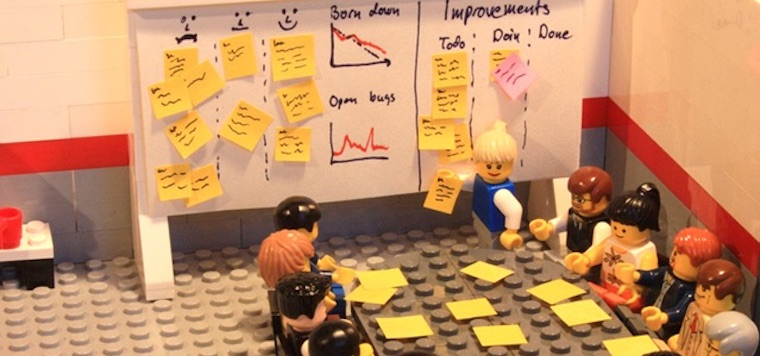PyGotham Talk Voting Retrospective
PyGotham 2017 is less than two weeks away! (Do you have your ticket yet? Use code "IVOTED" for 25% off!) As we ramp up for the final conference, I wanted to take a moment to share some thoughts on our experiment with public talk voting this year.
First, Some Facts and Stats
In some ways, our job on the program committee was very easy: about 150 people submitted close to 200 different talks. Having such a wide pool of amazing talks ensured we could make PyGotham a conference that we're all looking forward to. But the abundance of great talks forced us to make painful choices: saying "no" to most of these talks was the hardest thing the committee had to do this year.
I would also be remiss if I didn't thank the 116 people who collectively cast over 12,000 votes during the public voting round of our process this year.
After public voting, there was another round of closed voting. Using the feedback from the public voting round, we created batches of talks about similar topics, and chose finalists from among each of those batches. Seven volunteers, along with several of the organizers, donated another ten or so hours of their time for this round of voting.
Many thanks to all of you who took time to submit a talk or vote to help us shape the schedule this year! We couldn't have done it without you.
What Worked Well
Public voting was a huge success. I never would have imagined we would have so many people cast so many votes. I expected we might get a weak signal of interest from a handful of die-hards, but instead we got a very strong and consistent ranking across all the talks, with each talk receiving about 62 votes -- each vote for a talk was positive, negative, or neutral. We had a good sample size and a lot of confidence that the vote results reflect the interests of our community. (I am not a statistician, and these statements have not been independently evaluated for mathematical rigor.)
In fact, all of our requests for help were met with overwhelming responses. We had to turn away volunteers from the batch voting round and program committee membership, since we wanted to keep the group small enough to work well together in meetings -- we try to follow the two pizza rule.
What Could Have Been Better
First, we were -- or at least I felt like we were -- behind schedule throughout much of the talk selection process. Prospective speakers who have submitted to our CFP have an expectation about when we will get back to them with final decisions, and we didn't meet that schedule. In part, this is because the voting process takes time -- with 195 proposals to read and consider, and in order to gather feedback from as wide an audience as possible, we have to allow both voting rounds to go on for a fairly long time. We should have been more transparent about the schedule, and we should have designed a schedule with announcements to speakers much earlier than this year.
The batch voting round didn't provide as clear a signal about which talks to accept into the final schedule as we had hoped. With so many excellent proposals, and so few slots to fill, consensus was elusive. Some of the organizers and I had to scramble at the last minute to make the process efficient and productive, and we ended up creating a straw man proposal for the final list, then soliciting feedback on this specific proposal from the committee members. This was very efficient, but I fear it may not have solicited as much input as another process.
Finally, on diversity: out of 60 talk slots, 14 of them, 23 percent, have a woman speaker, according to the very scientific "names that sound to Dan like they are women" methodology (and caveat all the obvious flaws inherent in this kind of counting). 23 percent is a bit higher than last year's PyGotham, but it's not as high as we'd like. I won't attempt here to quantify our speaker lineup according to other axes of diversity, other than to say that I'm sure we have room to improve there, as well.
Two main factors contributed to us falling short of our own goals: we failed to reach out early enough to some groups that specifically work with underrepresented groups, and we didn't assemble a list and individually contact speakers from underrepresented groups to ask them to submit to our CFP. My co-chair, A. Jesse Jiryu Davis, and I are both first-time organizers, and we definitely underestimated the amount of work and time that simply putting a conference together would take. This is an area he and I both care about, and aim to make major improvements in next year.
I would also like to have had a better gauge and guide for diversity than the "does this name sound like an X" method. I hope next year to be able to include at least one demographic question on our CFP, "are you a member of an underrepresented group in technology?", which we can use to better assess the results of our diversity and outreach efforts.
See You In A Few Weeks
One of the most rewarding aspects of this process, which can be demanding at times, is all of the people I've gotten to talk to, email with, and meet as an organizer of PyGotham. Though it sometimes felt like it was against all odds, we have a full schedule of amazing talks and speakers, and I'm looking forward to putting faces with a lot of these names in under two weeks. See you at the conference!
